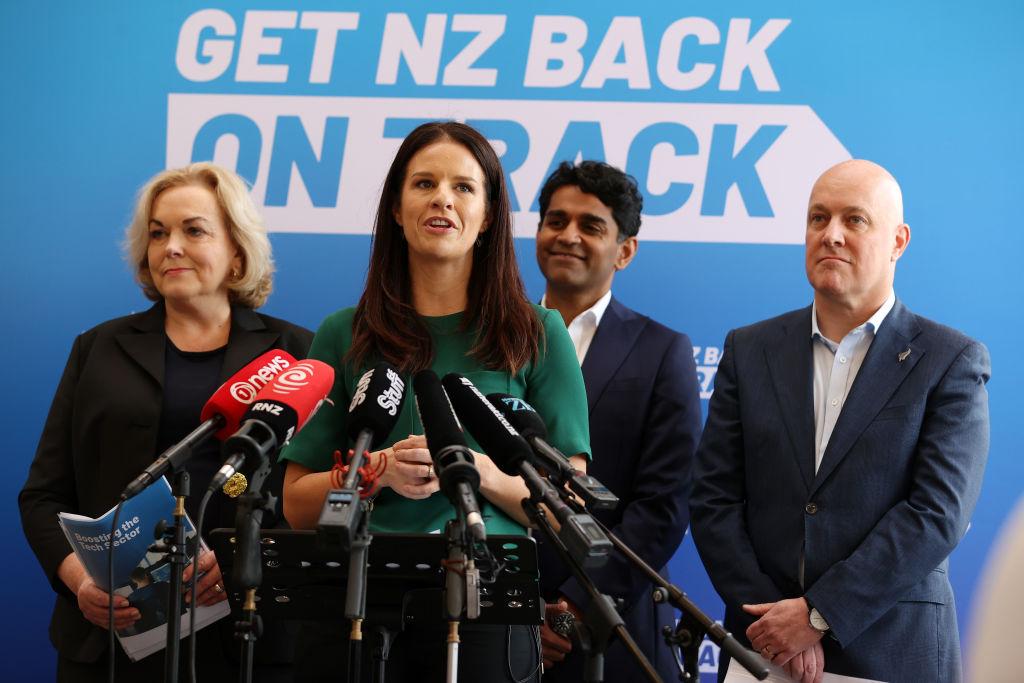The New Zealand government has announced immediate changes to the Accredited Employer Worker Visa (AEWV) scheme after the country welcomed 173,000 non-citizens in 2023, a near record.
The Coalition government believes these numbers are unsustainable, particularly given that the country is still struggling with a housing shortage.
Immigration Minister Erica Stanford said the rejigged scheme will ensure New Zealand is still attracting the skills it needs while reducing the vulnerability of migrants to exploitation.
“The government is focused on attracting and retaining the highly skilled migrants such as secondary teachers, where there is a skill shortage. At the same time we need to ensure that New Zealanders are put to the front of the line for jobs where there are no skills shortages,” she said.
“[The changes will] ensure we are better testing the local labour market and reducing the risks of putting New Zealanders out of work.
“Many of these are not new, but rather a return to pre-pandemic settings that better balanced the needs of business with the wider interests of New Zealand.”
Under the new policies, migrants would need to score higher ratings on English tests, and most applicants for the visa would have to meet minimum skills requirements.
Blue Collar Jobs Taken Off the List
The government is also not progressing plans to add 11 roles to the Green List, such as welders and fitters and turners. The work-to-residence pathway for bus and truck drivers is also closing to new applicants, as the shortages of drivers reported when this was established have been filled.The Green List outlines occupations eligible for fast tracked residency, targeting areas with skill shortages.
“These changes are the start of a more comprehensive work programme to create a smarter immigration system that manages net migration, responds to our changing economic context, attracts top talent, revitalises international education, is self-funding and sustainable, and better manages risk,” Ms. Stanford said.
There have been concerns about the visa category since it was introduced by the Labour government in 2022.
Immigration lawyer Alastair McClymont alleged New Zealand jobs were being sold openly in India, Vietnam, China and elsewhere for tens of thousands of dollars.
“It was the policy design that opened the door to it being abused. The people who are out there to make money, and to do the exploiting ... they are the most adept at identifying opportunities. They’re always the first people off the block,” he said.
“It was a perfect storm of total incompetence to be honest.”






